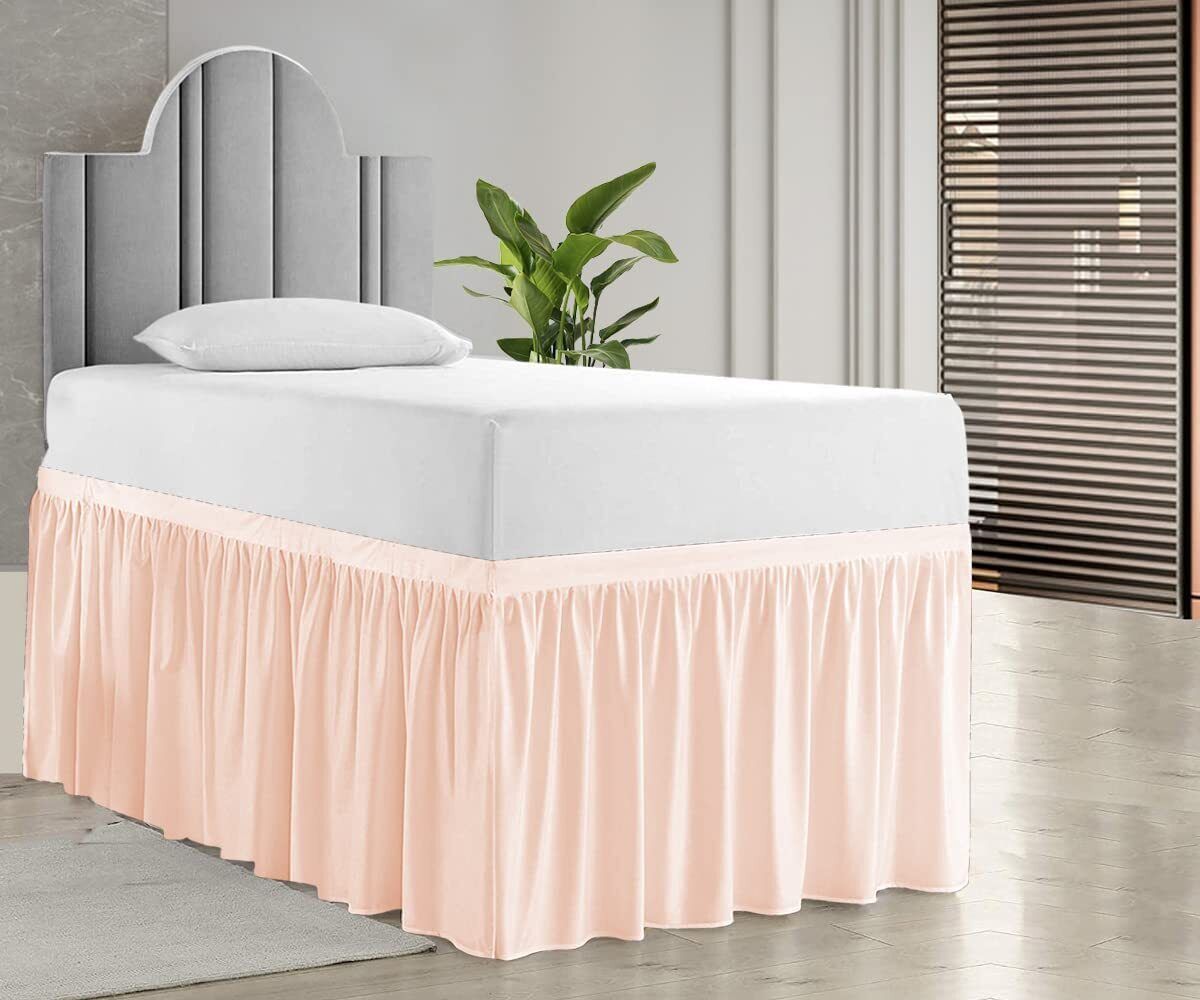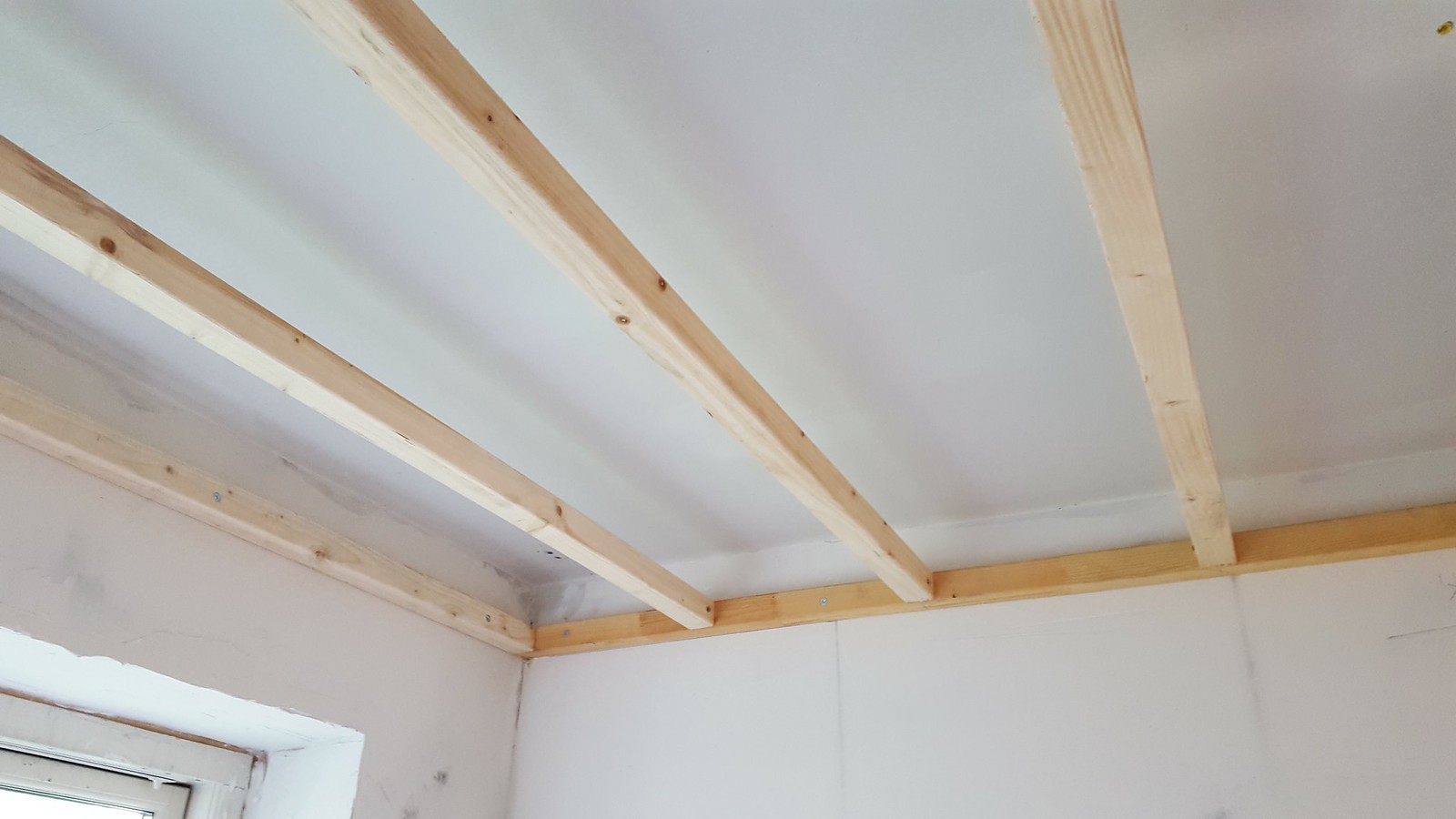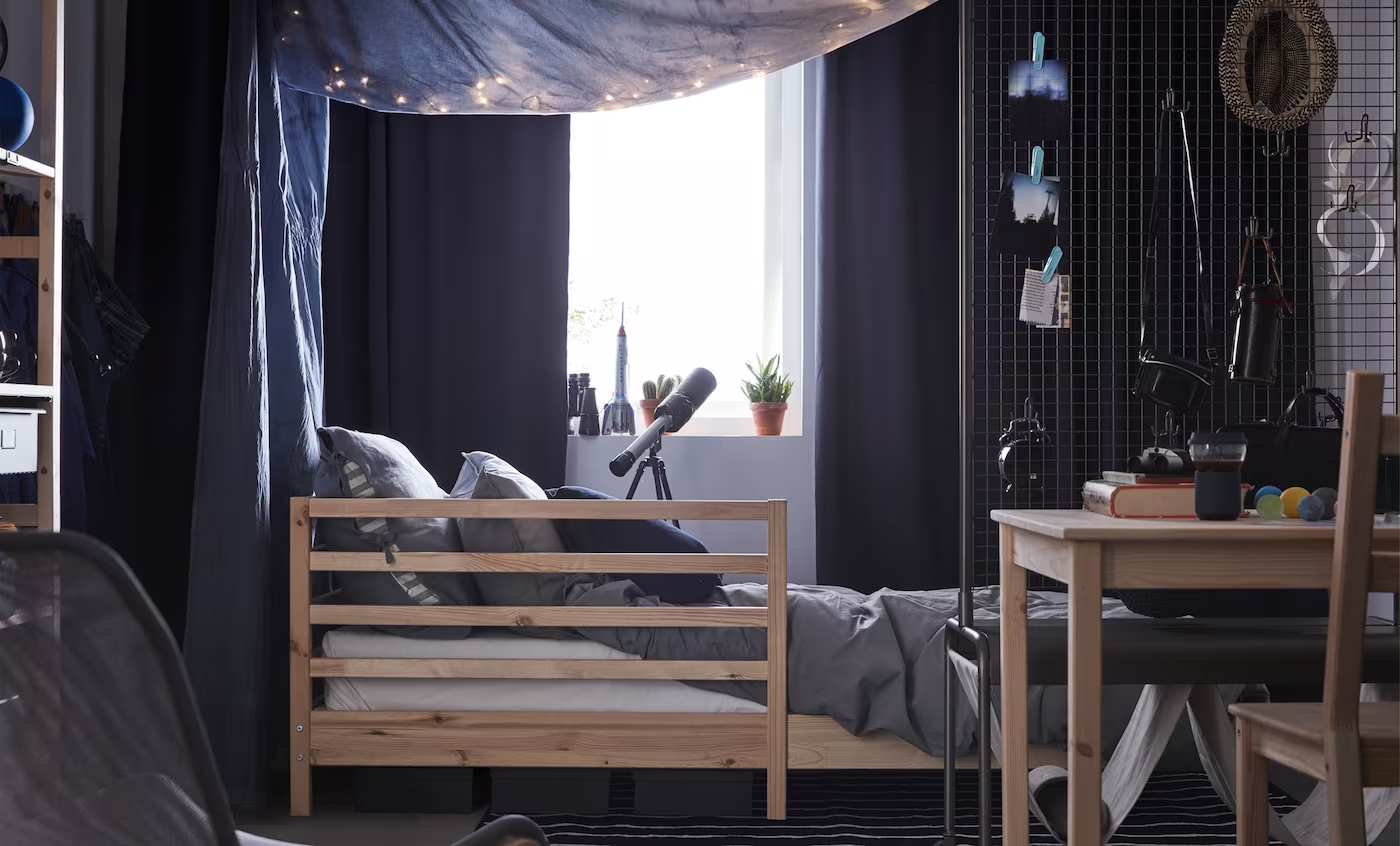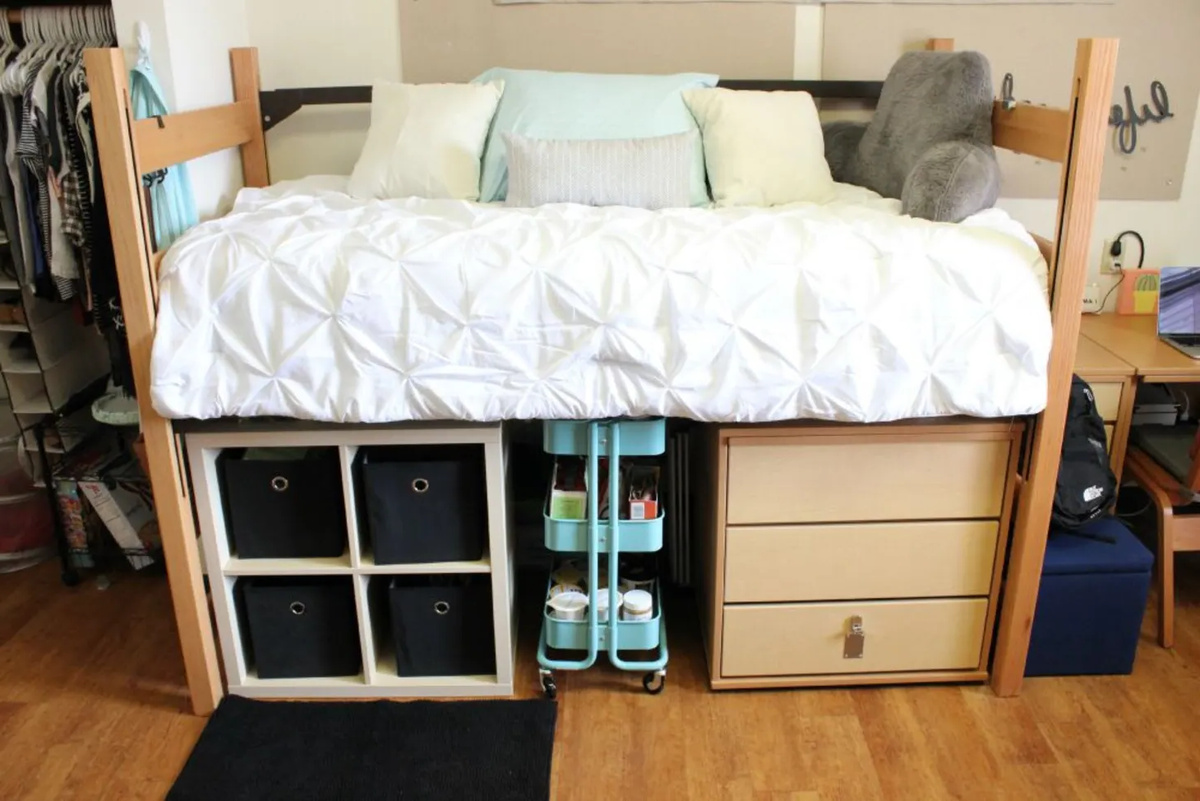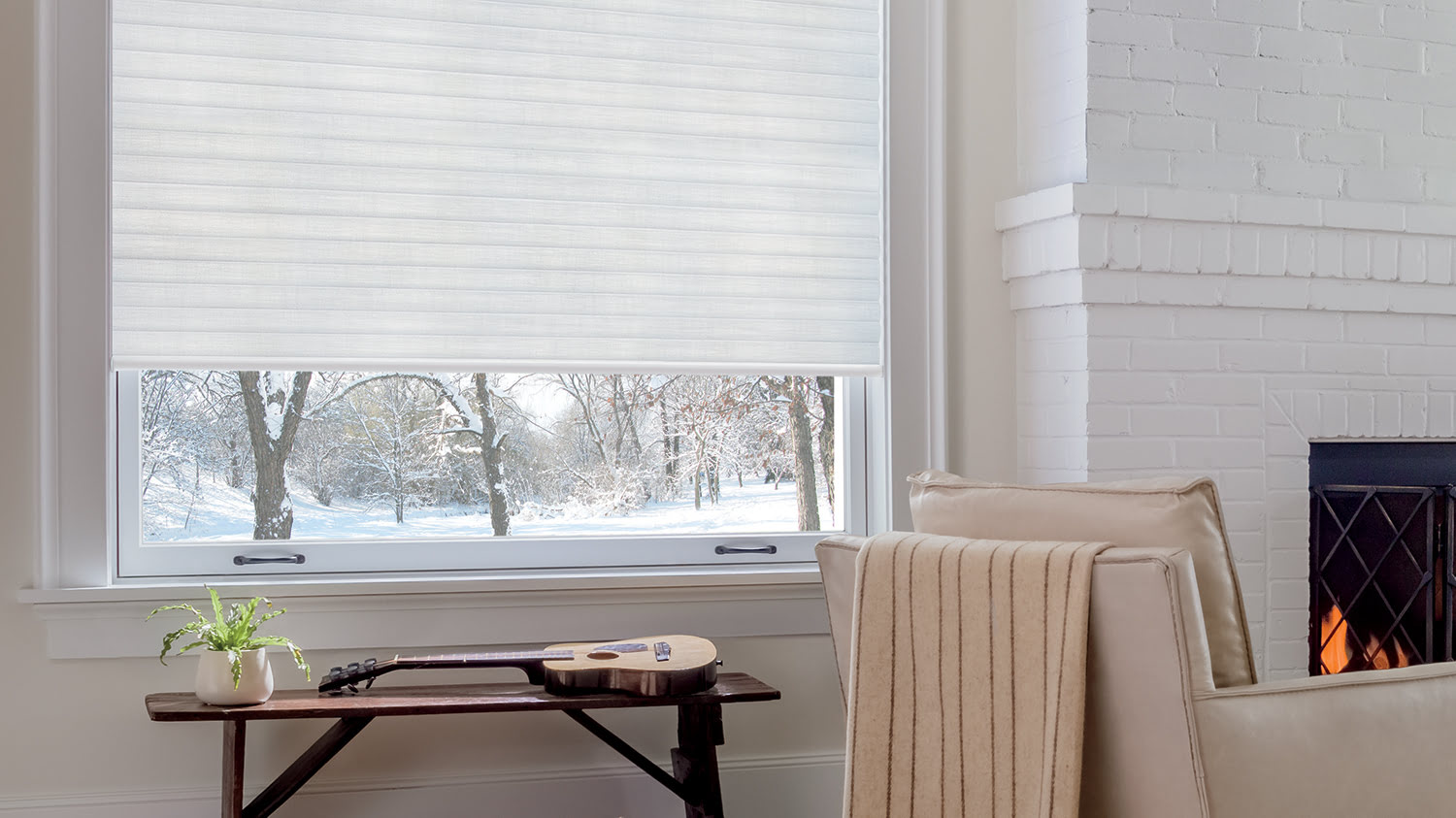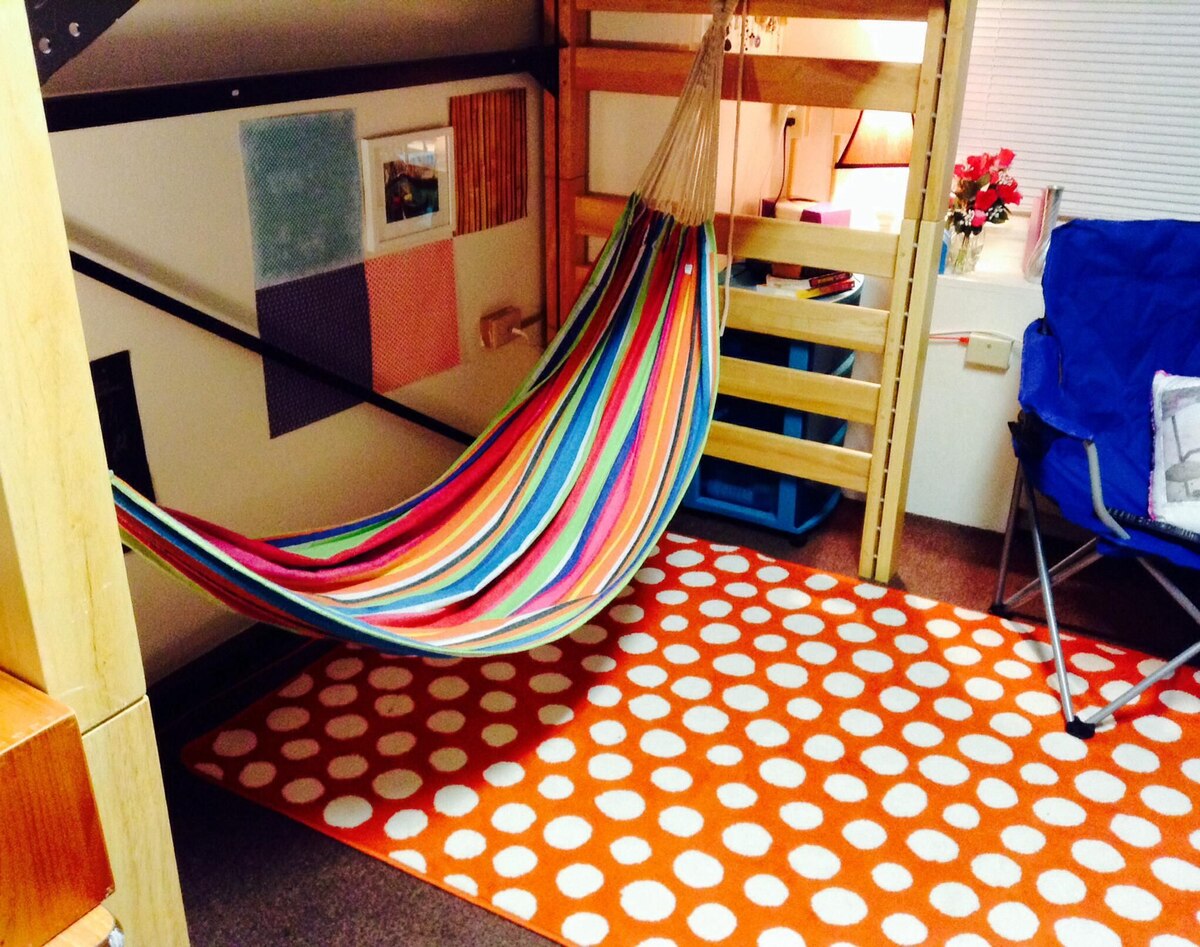Home>Furniture>Bedroom Furniture>How To Lower A Dorm Bed
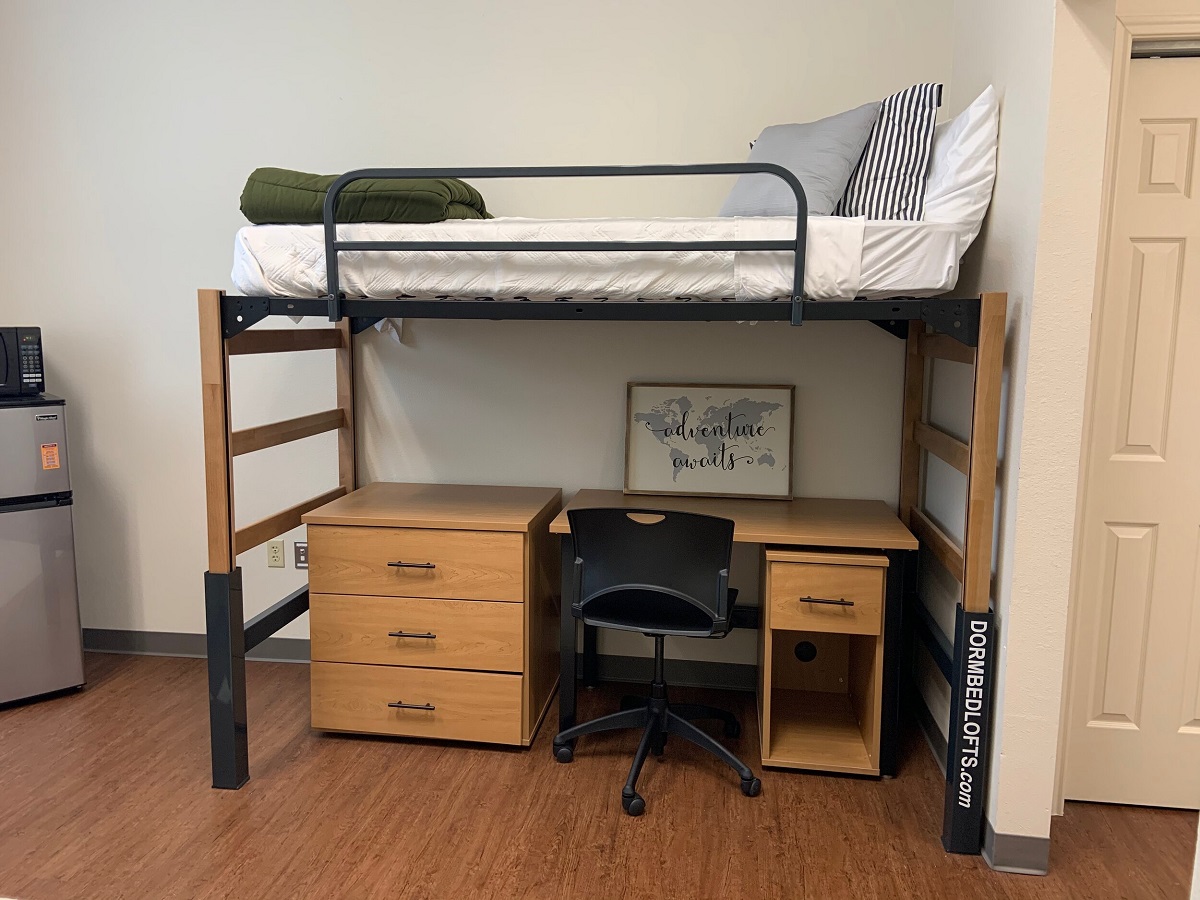

Bedroom Furniture
How To Lower A Dorm Bed
Modified: December 7, 2023
Learn how to lower a dorm bed with ease using our step-by-step guide. Create more space in your bedroom with this simple bedroom furniture hack.
(Many of the links in this article redirect to a specific reviewed product. Your purchase of these products through affiliate links helps to generate commission for Storables.com, at no extra cost. Learn more)
Introduction
Having a comfortable and cozy bedroom is essential for a good night’s sleep. One of the key elements in creating the perfect bedroom atmosphere is the placement of your bed. However, if you find that your dorm bed is too high and feels uncomfortable, you may need to lower it to a more suitable height.
Lowering a dorm bed can be a simple and straightforward process, requiring just a few basic tools and materials. In this article, we will guide you through the step-by-step process of how to lower a dorm bed effectively and safely.
Whether you are looking to create more space in your dorm room or simply want to have a bed height that is more to your preference, following these steps will ensure that you can adjust your bed to the perfect level for a good night’s sleep.
So, let’s get started by gathering the necessary tools and materials for this project.
Key Takeaways:
- Create a personalized sleeping space by lowering your dorm bed to your preferred height using simple tools and steps. Enjoy a more comfortable and cozy atmosphere for a restful night’s sleep.
- Follow the step-by-step process to lower your dorm bed safely and effectively, ensuring optimal comfort and stability. Transform your dorm room into a cozy sanctuary for sweet dreams.
Read more: How To Make A Bed Skirt For Dorm Bed
Step 1: Gather the necessary tools and materials
Before you begin the process of lowering your dorm bed, it’s essential to gather all the necessary tools and materials. This will ensure that you have everything you need to complete the task smoothly and efficiently.
Here are the tools and materials you will need:
- Adjustment wrench or Allen wrench
- Measuring tape
- Protective gloves
- Cleaning cloth
The adjustment wrench or Allen wrench is the key tool you will need to lower the bed. Make sure you have the correct size of wrench or Allen key that fits the bed’s adjustment mechanism.
The measuring tape will come in handy to ensure that you lower the bed to the desired height accurately. It will help you measure the distance from the floor to the mattress and adjust the bed accordingly.
Protective gloves are essential to keep your hands safe while working with the bed frame. They will protect your hands from any sharp edges or potential injuries.
A cleaning cloth is optional but recommended. It can be used to wipe down the bed frame and remove any dust or debris that may have accumulated under the bed.
Now that you have gathered all the necessary tools and materials, let’s move on to the next step of the process – clearing out any items from under the bed.
Step 2: Clear out any items from under the bed
Before you proceed with lowering your dorm bed, it’s important to clear out any items that may be stored under it. This step is crucial to ensure a safe and smooth adjustment process.
Here’s how to clear out any items from under the bed:
- Remove any storage containers or boxes: If you have been using the space under your dorm bed for storage, carefully remove any containers or boxes. Empty them and find an alternative place to keep your belongings temporarily.
- Take out any loose items: Look for any loose items such as shoes, books, or clothing and clear them from under the bed. This will prevent any accidents or damage to your belongings while lowering the bed.
- Vacuum or clean the area: Use a vacuum cleaner or a cleaning cloth to remove any dirt or dust that may have accumulated under the bed. This will create a clean and tidy workspace for the next steps of the process.
Once you have cleared out all the items from under the bed and ensured that the area is clean, you can proceed to the next step of the process – locating the bed adjustment mechanism.
Step 3: Locate the bed adjustment mechanism
In order to lower your dorm bed, you need to locate the bed adjustment mechanism. This mechanism varies depending on the type of bed frame you have, but most dorm beds typically have adjustable legs or a lever system.
Here are a few common types of bed adjustment mechanisms you may encounter:
- Adjustable legs: Some dorm beds have legs that can be individually adjusted. These legs often have multiple height options, allowing you to easily change the bed’s height.
- Lever system: Other dorm beds may have a lever system that controls the bed’s height. These levers are usually located on either side of the bed frame and can be easily operated to raise or lower the bed.
- Notched frame: In some cases, the bed frame itself may have notches or grooves that allow you to adjust the bed height. These notches usually have a locking mechanism to keep the bed securely in place.
Take a close look at your dorm bed and identify the specific type of adjustment mechanism it has. Carefully read the bed’s instruction manual, if available, for any specific information or guidelines related to adjusting the bed height.
If you are unsure about the bed adjustment mechanism or unable to locate it, consider reaching out to your dorm’s resident advisor or maintenance staff for assistance. They will be able to provide guidance and help you locate the necessary components.
Once you have identified and familiarized yourself with the bed adjustment mechanism, you can move on to the next step of the process – adjusting the bed height according to your preference.
Most dorm beds can be adjusted to a lower height by removing the mattress and using the provided tools to lower the frame. Check the bed’s manual for specific instructions.
Step 4: Adjust the bed height according to your preference
Now that you have located the bed adjustment mechanism, it’s time to adjust the bed height to your desired level of comfort. This step will involve using the appropriate tools and following the specific instructions for your dorm bed.
Here are the general steps to adjust the bed height:
- Ensure that the bed is in its highest position: Before lowering the bed, make sure it is elevated to its highest position. This will provide you with the maximum range of adjustment options.
- Use the adjustment wrench or Allen key: If your dorm bed has adjustable legs, use the adjustment wrench or Allen key to loosen the locking mechanism on each leg. This will allow you to move the legs up or down to lower the bed height.
- Measure and adjust the height: Use a measuring tape to determine the distance between the floor and the mattress. Compare this measurement to your desired bed height and adjust the legs accordingly. Tighten the locking mechanism once you have achieved the desired height.
- For lever systems or notched frames: Follow the specific instructions provided by the manufacturer on how to lower the bed using the levers or adjusting the notches. Some beds may require you to pull or push the levers, while others may have a release button or a similar mechanism.
It’s important to make gradual adjustments and check the bed height as you go. Take your time to ensure that the bed is lowered evenly on all sides and does not wobble or feel unstable.
Remember, every dorm bed may have different adjustment mechanisms, so it’s crucial to refer to the specific instructions provided by the manufacturer. If you are unsure or encounter any difficulties, seek assistance from your dorm’s resident advisor or maintenance staff.
Once you have successfully adjusted the bed to your desired height, it’s time to move on to the next step – testing the lowered bed height.
Read more: How To Raise A Dorm Bed Frame
Step 5: Test the lowered bed height
After adjusting the bed height to your preference, it’s important to test it out to ensure that it feels comfortable and safe for use. This step will help you confirm that the bed is at the desired height and properly adjusted.
Here are a few steps to follow when testing the lowered bed height:
- Carefully sit or lie down on the bed: Take a moment to sit or lie down on the bed and gauge its comfort level. Pay attention to how it feels in terms of accessibility, ease of getting in and out, and overall support.
- Check for stability: While on the bed, check for any signs of instability or wobbling. If the bed feels unstable, make sure the adjustment mechanism is securely tightened and that all legs or levers are properly in place.
- Assess your comfort level: Consider how the lowered bed height aligns with your personal comfort preferences. Take note of any discomfort or strain on your back, neck, or joints. If necessary, make further adjustments to fine-tune the bed height.
- Take a test sleep: If possible, spend a night or two sleeping on the adjusted bed height to truly gauge its comfort. This will allow you to experience firsthand how the lower height impacts your sleep quality and overall well-being.
By testing the lowered bed height, you can ensure that it meets your comfort needs and provides you with the optimal sleep environment. Make any necessary adjustments or modifications until you feel satisfied with the final bed height.
Once you are confident that the lowered bed height is suitable for you, you can move on to the final step – securing the bed in the lowered position.
Step 6: Secure the bed in the lowered position, if required
Securing the bed in the lowered position is an important step to ensure that it remains stable and safe for use. Depending on the type of dorm bed you have, you may or may not need to take additional measures to secure it.
Here are some ways to secure the bed in the lowered position:
- Check for locking mechanisms: Some dorm beds may have built-in locking mechanisms that keep the bed securely in place once it’s lowered. Make sure these mechanisms are engaged to prevent any accidental movements or shifts.
- Use stabilizing blocks or wedges: If your bed does not have a locking mechanism, consider using stabilizing blocks or wedges to ensure that it remains steady. Place these blocks or wedges between the bed frame and the floor to prevent any unwanted movement.
- Consult the manufacturer’s instructions: If you are unsure about how to properly secure the bed in the lowered position, consult the manufacturer’s instructions or reach out to their customer support for guidance. They will provide you with specific recommendations for your particular bed model.
Securing the bed is particularly important if you live in an environment where the floor may be uneven or if you tend to move around a lot during sleep. Taking these precautions will help maintain the stability and safety of the lowered bed.
Once you have taken the necessary steps to secure the bed in the lowered position, you can step back and admire your work. You have successfully lowered your dorm bed to the desired height, creating a more comfortable and personalized sleeping space.
Remember, if you ever need to adjust the bed height again in the future, simply follow these steps in reverse order. Use caution and take your time to ensure that the adjustments are done safely and effectively.
With your lowered bed, you are ready to enjoy a restful and rejuvenating sleep in your dorm room. Sweet dreams!
Conclusion
Lowering a dorm bed can greatly enhance your sleeping experience and create a more comfortable and personalized space in your room. By following the steps outlined in this guide, you can easily lower your dorm bed to a height that suits your preference and needs.
Throughout this process, we discussed the importance of gathering the necessary tools and materials, clearing out any items from under the bed, locating the bed adjustment mechanism, adjusting the bed height, testing the lowered bed height, and securing the bed in the lowered position if required.
Remember to always refer to the specific instructions provided by the manufacturer and seek assistance if you encounter any difficulties or uncertainties. Your dorm’s resident advisor or maintenance staff are there to help you with any inquiries or concerns you may have.
Creating an ideal sleeping environment is crucial for a good night’s sleep and overall well-being. By lowering your dorm bed to a comfortable height, you can optimize your sleep and wake up feeling refreshed and revitalized.
Enjoy the benefits of your lowered bed and make sure to maintain its stability and safety by periodically checking the locking mechanisms and making necessary adjustments as needed.
Now that you have mastered the art of lowering a dorm bed, you can create a cozy and inviting sanctuary in your dorm room. Sweet dreams and happy sleeping!
Frequently Asked Questions about How To Lower A Dorm Bed
Was this page helpful?
At Storables.com, we guarantee accurate and reliable information. Our content, validated by Expert Board Contributors, is crafted following stringent Editorial Policies. We're committed to providing you with well-researched, expert-backed insights for all your informational needs.

